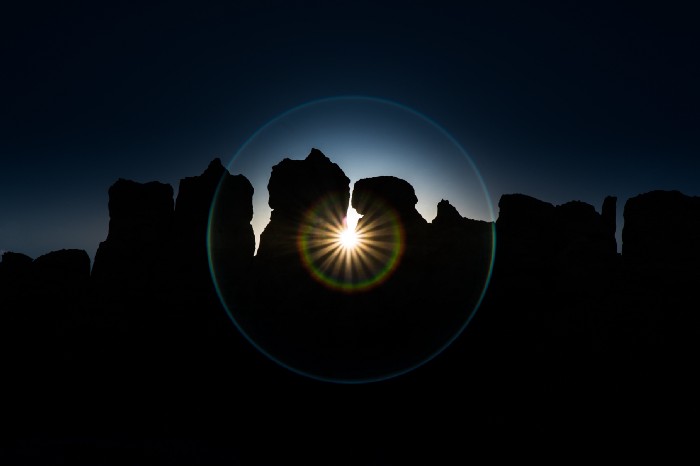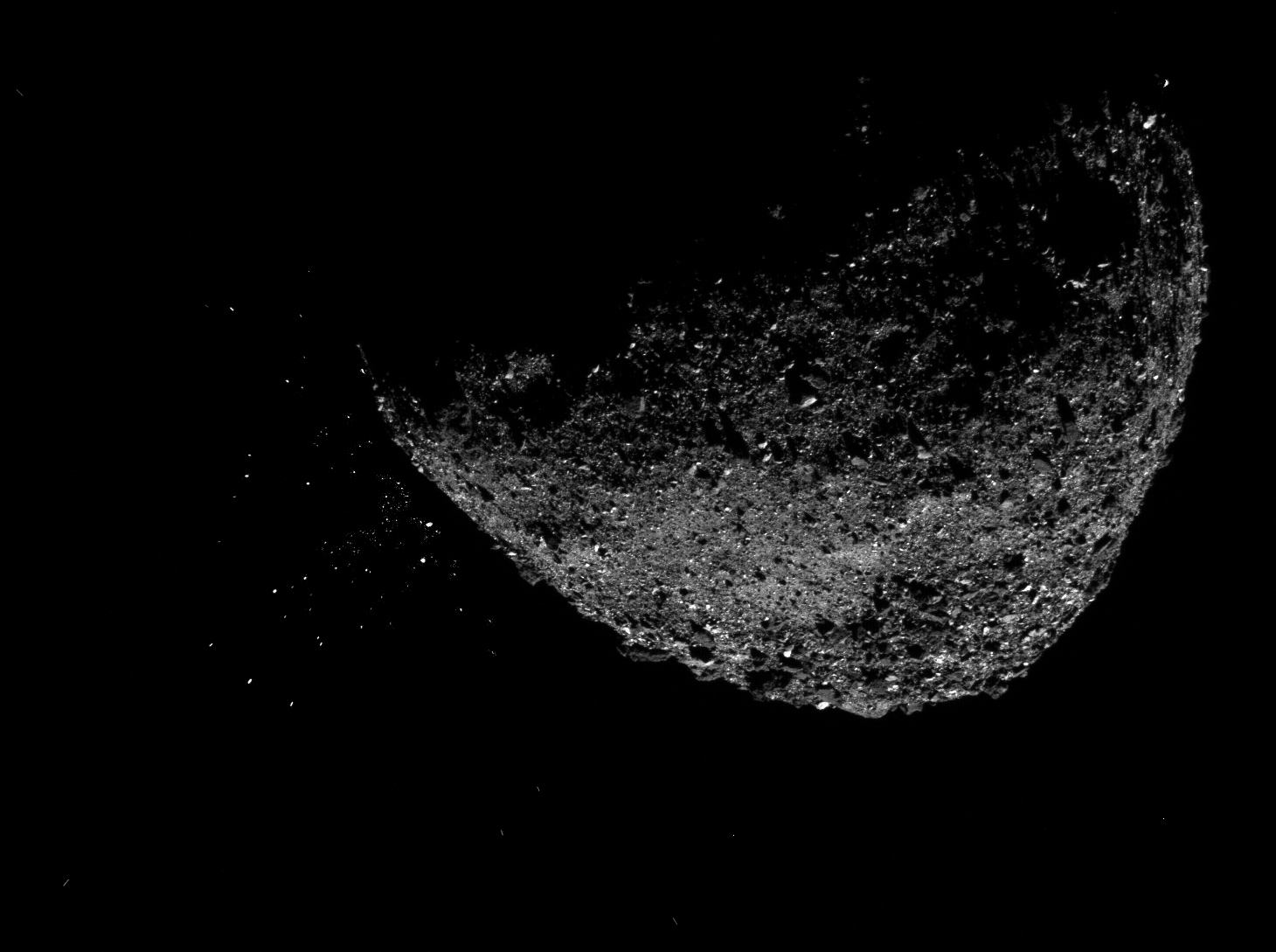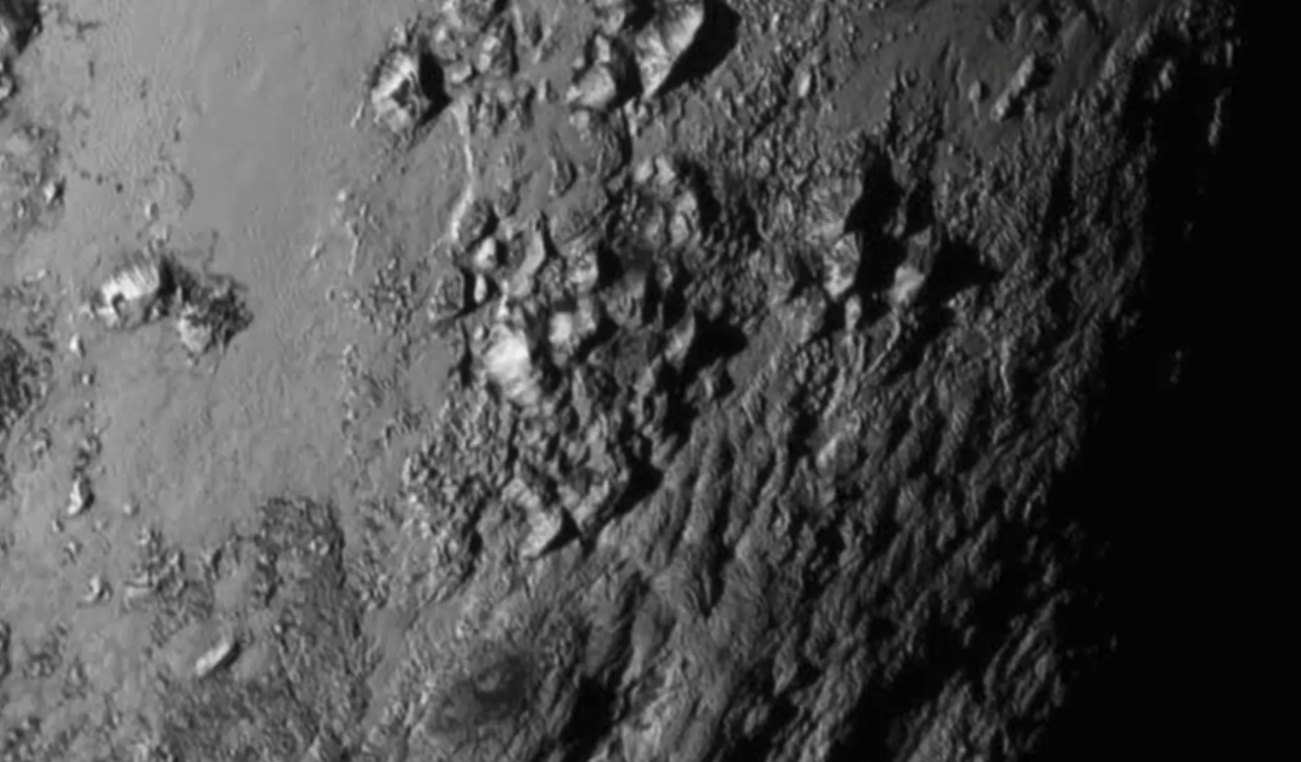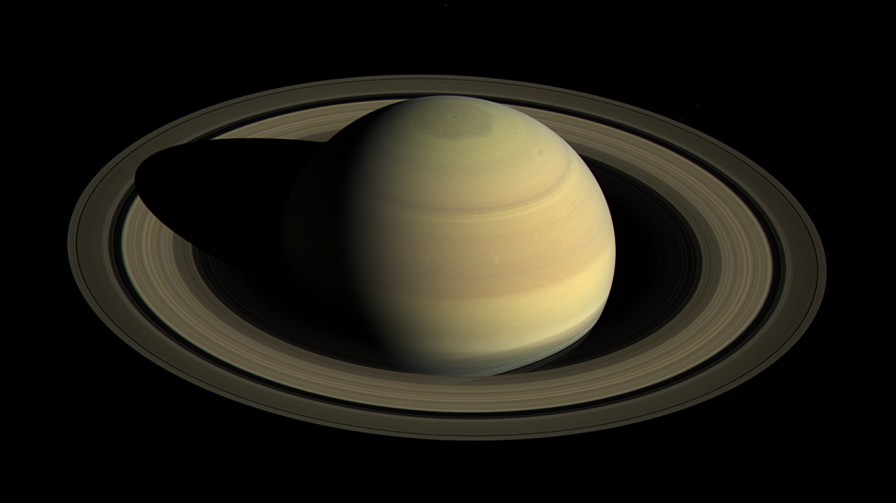Getting Started in Stargazing Tonight
Our movement and change through time and space are fundamental characteristics of what it means to be alive. Imagine a world where everything was still, no time, no past, no future, nothing. Without movement and change, absolutely nothing would exist. As much as the entropy of change eventually dooms us all, it also gives us life. There is no life without movement. There’s no life without change, time, and space. The stars and planets give an overwhelming perspective on movement, change, space, and time. It’s fundamental to how we live our lives. Look at your watch. Have you ever wondered why an hour is 60 mins? Why are there 24 hours a day? Seven days in a week? Why do we have months, seasons, or years? Who made up the rule that months are around 30 days? Where did your zodiac sign come from? Where did “military time” come from? The Greeks,…






